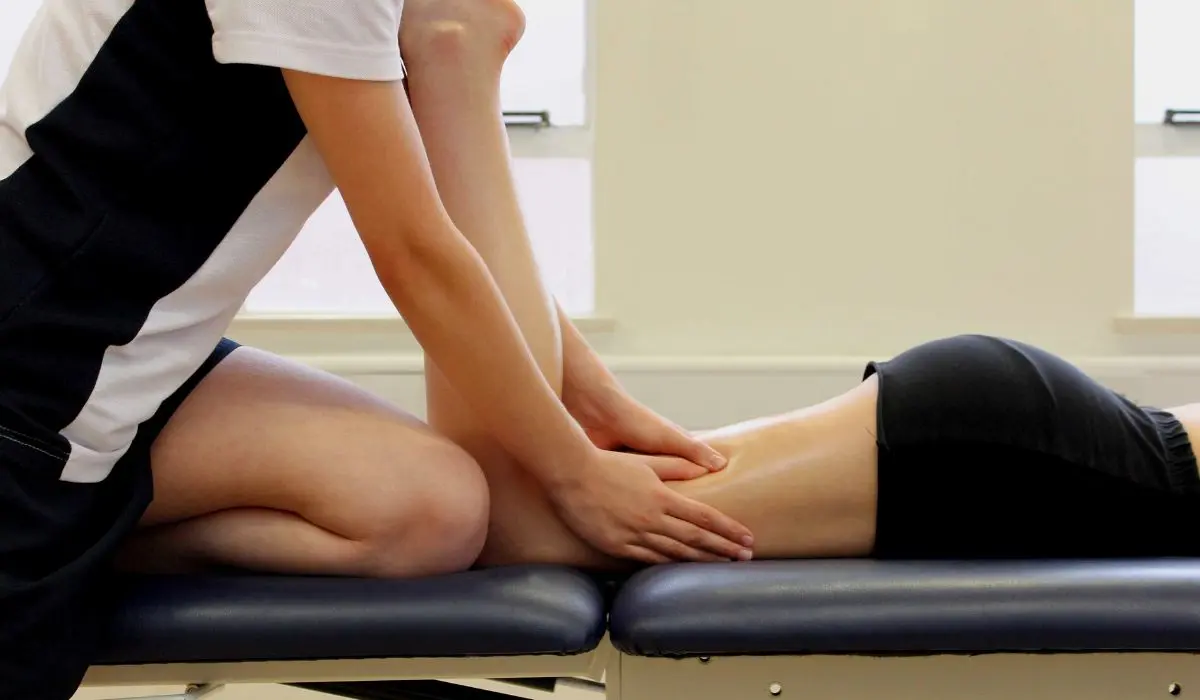The current article, as evident from the title, delves into the different myofascial release techniques as these pertain to PT (physical therapy) in sports. The purpose of doing so is to identify the ones that are effective enough to result in a complete release of pressure in the trigger points, thereby providing significant relief to the athletes who have experienced muscle injury and resultant pain due to repeated overuse of the same.
Understanding Myofascial Release
Myofascial release has been understood as a form of physical therapy for releasing tension/pressure from the affected myofascial tissues. Noting that this serves to restore movement and capacity to the individuals who have sustained muscular sprains/injury due to the repetitive movements of their body, like in the case of sports or any other normal routine activities, the myofascial release therapy as it is otherwise called, has been regarded as a boon in the realm of physical therapy. This is so because it serves the goal of stretching and loosening the fascia so that it along with the surrounding contiguous structures can move more freely.
How Does Myofascial Release Work?
Since the patients experience a kind of myofascial tightness due to some kind of sprain, strain, or pull, releasing the same involves a gentle massage of the affected muscles and tissues. This technique helps in unleashing the tightness and pain experienced throughout the myofascial tissues.
The physiotherapist involved in this task makes an effort to locate the trigger points/knots anywhere in the fascial tissues. This is followed by the application of pressure until pressure/tension release has been felt.
The Anatomy And Physiology Of Myofascial Tissue
- Anatomy
The term, “myofascial” split into “myo” and “fascia” entails a combination of muscular tissue and the three-dimensional connective respectively. When specifically mentioning fascia, this presents as a web of connective tissue extending throughout the body, involving every structure, including the muscles, nerves, blood vessels, and cells.
All these structures extend to the point of touching the bones, which also make up the musculoskeletal system in a body. Noting how this stringy tissue or fascia densely weaves around the aforementioned structures is enough to explain why myofascial sprains/injuries happen and how these affect those surrounding areas.
- Physiology
From a functional perspective, it has been understood that the myofascial tissues act as levers and fulcrums during movement. Of note, specific body movements such as pushing, pulling are supported by these tissues. Any untoward pressure, which is either exerted by an external force or through an internal jerk (for some reason) is sure to cause a pull, tear, or sprain to result in tremendous pain and restricted movement, nearly debilitating the person affected and leaving him/her feeling stiff and sore.
Myofascial Release Techniques
Considering that myofascial sprains/injuries and the ensuing pressure feeling are common in sports, especially in high-impact sports activities, it has been felt highly appropriate to understand the available techniques involved in myofascial release as these apply to physical therapy interventions in the concerned field.

There generally exists three major muscle release techniques, namely Manipulation, Traction, and Massage.
- Manipulation: Myofascial release, being a combined form of light stretching and massage, is highly concerned with releasing muscle tension to break up the scar tissue formed in the event of a sprain, injury, pull, or overindulgence of the muscles during various sports-related activities. Manual manipulation as it can be more commonly referred to, works specifically on restricted joints and tense muscles. Apart from myofascial release, manipulation also works on soft tissue mobilization or related techniques to evaluate and treat the various joints and muscle conditions caused by myofascial injuries/sprains. This technique carries multiple benefits, which include:
- Getting to the root of the problem
- Treating muscles, tissues, and underlying structures, such as bones and joints
- Improving range of motion (ROM)
- Flexibility and blood circulation
- Immediate relief of tension
(Note: The manipulation aspect of the myofascial release technique comes under the direct myofascial release type. The direct myofascial release suggests an in-depth work on the deep tissue affected by myofascial injury/sprain. Manual techniques and instruments-assisted soft tissue methods can be utilized under moderate force for slowly stretching the tight fascia).
- Traction: When a physiotherapist applies gentle traction to the affected/restricted muscular tissues and fascia, this will result in heat and increased blood flow to the area. This process allows the body’s inherent ability for self-correction to return, resulting in pain elimination, restoration, and optimum performance.
(Note: The traction technique comes under the indirect myofascial release type, which involves gentle stretching under minimal pressure).
- Massage: This type of myofascial release technique undertakes a soft tissue treatment for skeletal muscle pain and the immobility caused. It often involves applying gentle pressure to the connective tissue and fascia. The massage works to bring the fascial tissue back to its healthy condition. The cushioning support offered by the fascial system allows for improved movement without pain.
Read More:- The Role Of Ultrasound In Sports Rehabilitation – Benefits Of Ultrasound
Conclusion
The overall purpose of the myofascial release technique is to detect underlying restrictions of the muscles, tissues, and fascia due to the injuries or sprains affecting the same. Since sportsmen/athletes are more prone to these incidents, the type of myofascial release technique to be utilized in such scenarios, whether it be manipulation, traction, or massage, will depend on the severity and extent of the myofascial injury sustained. It is also important for the sports physiotherapist to be adequately trained in these techniques.